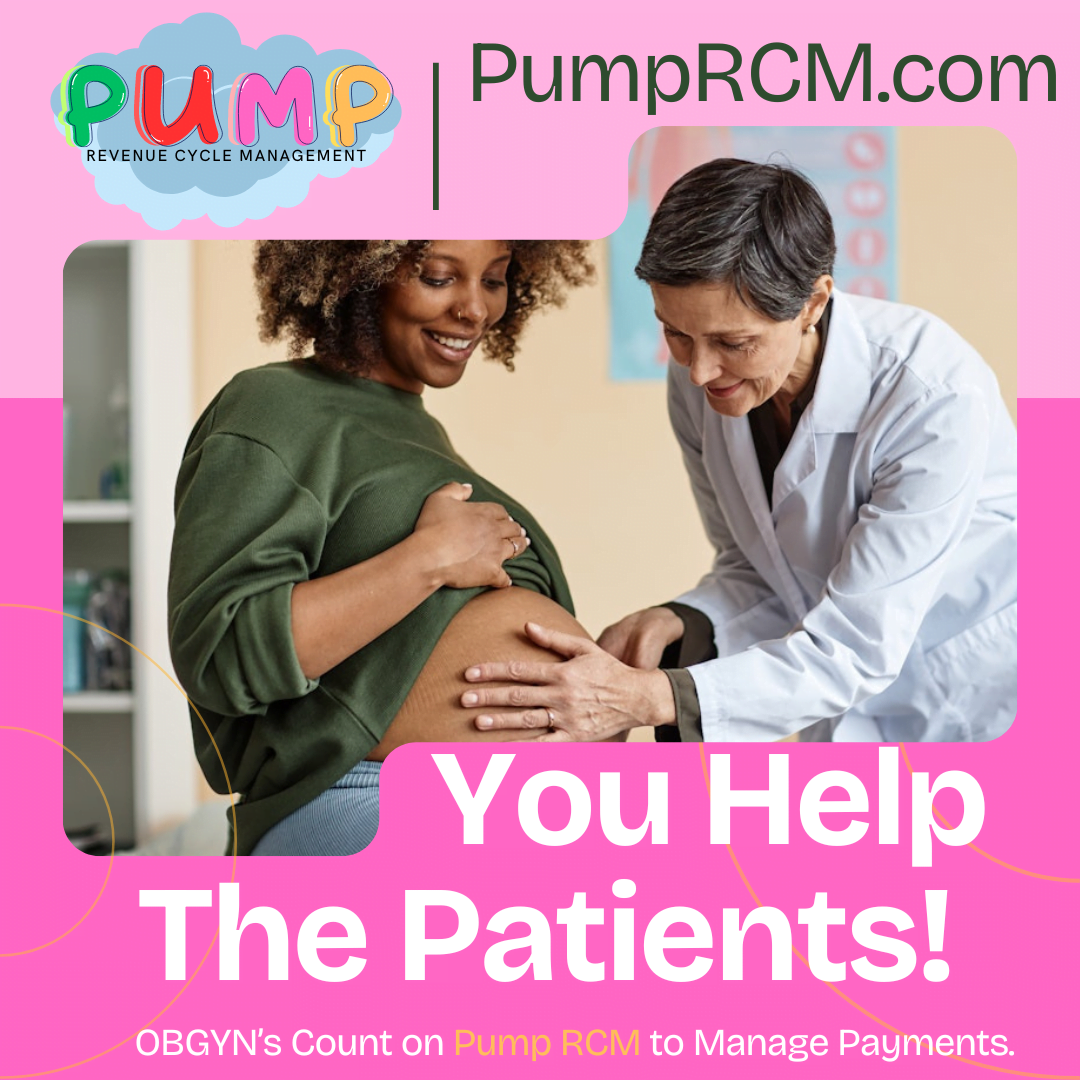Why Healthcare RCM is Important for Financial Wellness in Medical Practices
Why Healthcare RCM is Important for Financial Wellness in Medical Practices
Blog Article
Discover How Medical Care RCM Processes Transform Administrative Tasks Into Seamless Procedures
In the ever-evolving landscape of medical care, Profits Cycle Administration (RCM) processes have actually emerged as a pivotal pressure in transforming management tasks right into smooth operations. By using innovative innovation and refined methods, RCM provides an innovative technique to managing person registration, payment, and declares handling. These advancements not only minimize mistakes and improve performance however also speed up cash flow and boost client satisfaction. Nevertheless, what exists beneath the surface of this transformative change? What intricate systems and strategies are utilized to make certain such seamless combination? The solutions to these questions are critical for understanding the future of health care management.
Recognizing Health Care RCM
Profits Cycle Management (RCM) in healthcare is an essential procedure that makes certain the financial health of medical institutions by supervising the entire lifecycle of client service income. It integrates various administrative and clinical functions, starting from the first organizing of a clinical consultation to the ultimate collection of repayment for services rendered. Healthcare RCM. RCM is critical in handling the complexities of billing and compensations, making certain that medical care carriers obtain settlement for their services efficiently and accurately
A comprehensive understanding of RCM involves identifying the numerous elements that make it successful. Key aspects consist of person organizing, insurance coverage verification, charge capture, case entry, and payment uploading. Each of these aspects needs meticulous focus to information and robust systems to mitigate mistakes that could lead to profits loss. Additionally, RCM is not entirely about financial collections; it also aims to enhance client contentment by lowering billing mistakes and improving transparency.
The effectiveness of RCM rests upon the smooth integration of innovation and personnel knowledge. Utilizing innovative software services allows health care institutions to automate repeated jobs, therefore reducing administrative problems. In addition, trained personnel are crucial in navigating regulatory demands and payer plans, making certain conformity and optimizing profits recuperation.
Streamlining Individual Enrollment
Streamlining client enrollment is a fundamental step in boosting the effectiveness of medical care revenue cycle administration. It entails optimizing the first interaction between clients and doctor to make certain a smooth data collection process. Trick components include the accurate capture of patient demographics, insurance verification, and consent procurement. By digitizing these procedures via incorporated digital health and wellness records (EHR) systems, healthcare centers can decrease mistakes, minimize paperwork, and speed up client throughput (Healthcare RCM).
Automated systems assist in verifying insurance policy eligibility in real-time, which not just minimizes administrative worries however also enhances individual contentment by stopping unexpected invoicing problems. Additionally, pre-registration procedures enable individuals to total types online before their see, decreasing wait times and enabling staff to concentrate on even more complicated tasks. This proactive approach guarantees that all required information is gathered and validated prior to care is supplied, thereby protecting against delays in subsequent invoicing and asserts processes.
Educating team to make use of these systems successfully is important. It makes certain that data entrance is consistent and precise, fostering a seamless shift from person registration to other earnings cycle processes. Inevitably, improving patient registration lays the structure for an extra efficient, patient-centered health care distribution model.
Effective Billing Solutions
Effective payment solutions are essential to maximizing medical care revenue cycle administration. They function as the foundation for making sure timely and exact economic purchases between people, doctor, and insurer. By leveraging sophisticated innovation and structured procedures, medical care centers can considerably minimize payment errors, reduce delays, and improve capital. internet Carrying out durable billing systems helps with specific charge capture, making certain all services provided are accounted for and billed correctly. Automation tools can reconcile payment information with professional documents, minimizing inconsistencies and stopping case rejections.
Additionally, reliable invoicing solutions encourage health care service providers to offer clear pricing and payment info to clients, cultivating depend on and enhancing patient complete satisfaction. Real-time billing systems enable health care personnel to give prompt feedback on patient qualification and out-of-pocket expenses, improving the overall person experience. These services additionally enable seamless integration with electronic health and wellness documents (EHR), making sure that billing and scientific info are in sync, lowering administrative worries on health care carriers.
Including reliable payment options into the profits cycle management structure not only enhances functional performance yet additionally strengthens financial performance. By lessening mistakes, accelerating repayment cycles, and enhancing client communication, healthcare organizations can concentrate more on providing quality treatment while keeping financial sustainability.
Maximizing Insurance Claims Handling

In the realm of health care revenue cycle administration, maximizing insurance claims processing is important for preserving economic health and functional performance. A structured cases procedure minimizes the time between service delivery and payment, thereby enhancing capital and lowering the likelihood of errors. Efficient insurance claims refining starts with exact paperwork and coding, which are important to ensure that insurance claims are sent without disparities that might cause denials or delays.
Leveraging innovative modern technology, such as automated insurance claims management systems, can substantially improve the performance of this procedure. These systems are developed to automate repetitive tasks, track insurance claims with each phase, and flag possible concerns early. This not only reduces the management burden on staff but also raises the accuracy of submissions by decreasing human mistake.

Enhancing Profits Collection

Furthermore, rejection monitoring plays a crucial duty in taking full advantage of revenue collection. Identifying patterns in claim rejections, comprehending source, and executing corrective activities can dramatically minimize persisting concerns, thereby boosting capital. Suppliers need to purchase robust analytics tools that facilitate thorough coverage and evaluation, allowing them to attend to and remedy rejection patterns immediately.
Timely follow-up on outstanding cases is an additional vital element of revenue collection. Establishing a methodical method to monitor and go after aged accounts makes certain that no income is left unclaimed. Using dedicated staff or automated systems to track these claims can improve performance and ensure constant money inflows.
Conclusion
Medical Care Revenue Cycle Administration (RCM) processes significantly improve management performance by integrating advanced technology and human competence (Healthcare RCM). The automation of individual registration, invoicing, and declares handling accelerates and decreases errors capital, ultimately improving person satisfaction through real-time insurance policy verification and clear payment. By making sure smooth functional flow, RCM permits doctor to focus on quality treatment while making the most of profits recuperation and maintaining monetary security, therefore transforming administrative jobs right into efficient, streamlined procedures
Profits Cycle Administration (RCM) in healthcare is a crucial procedure that makes certain the economic wellness of medical organizations by supervising the whole lifecycle of person solution earnings.Streamlining patient registration is a basic step in improving the performance of medical care profits cycle administration. It includes maximizing the initial communication between patients and medical care companies to make sure a smooth data collection process.Furthermore, efficient payment remedies empower health care suppliers to provide transparent prices and payment details to patients, promoting article trust and boosting person fulfillment. Real-time billing systems allow healthcare personnel to offer instant responses on patient qualification and out-of-pocket prices, boosting the total individual experience.
Report this page